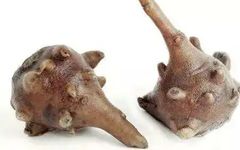Click the blue text above to follow us

Fuzi, a medicinal herb, is first recorded in the “Shennong Bencao Jing” (Shennong’s Classic of Materia Medica). It is named Fuzi because it grows attached to the Aconitum (mother root).
The effects of Fuzi need not be elaborated upon; all teachers who study and apply Yang-supporting methods are familiar with it. However, what is the purpose of processing Fuzi? What are the differences between the types of Fuzi? Why does Teacher Dong always say that some patients experience poisoning from Fuzi, which is not due to Fuzi itself but rather to the toxicity of the bile? What kind of Fuzi can we use with confidence?
This article will explain in detail!
01
The Purpose of Processing Fuzi

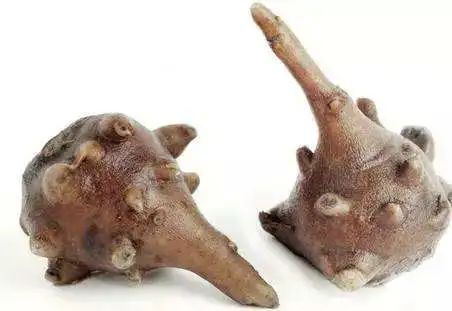
Fuzi has a pungent and sweet taste, and is of a very hot nature; it is toxic.
It belongs to the Heart (Xin), Kidney (Shen), and Spleen (Pi) meridians. It has the functions of reviving Yang, supplementing fire to assist Yang, and expelling wind, cold, and dampness. It is used for Yang collapse, cold limbs, weak pulse, impotence, cold uterus, cold abdominal pain, deficiency cold vomiting and diarrhea, Yin cold edema, Yang deficiency with external pathogens, and cold dampness causing pain.
Raw Fuzi is toxic and is mostly used externally; after processing, its toxicity is reduced, making it suitable for internal use.
Processed Fuzi slices warm the Kidney and Spleen, and enhance the fire of the Mingmen (Gate of Life). It is used for cold abdominal pain, deficiency cold vomiting and diarrhea, cold dysentery, abdominal pain, constipation due to cold accumulation, or chronic dysentery with red and white.
Lightly processed Fuzi slices primarily revive Yang and stop pain. They are used for Yang collapse, cold limbs, cold dampness causing pain, abdominal pain, Yang deficiency with edema, and Yang deficiency with cold.
02
Ancient Processing Methods of Fuzi

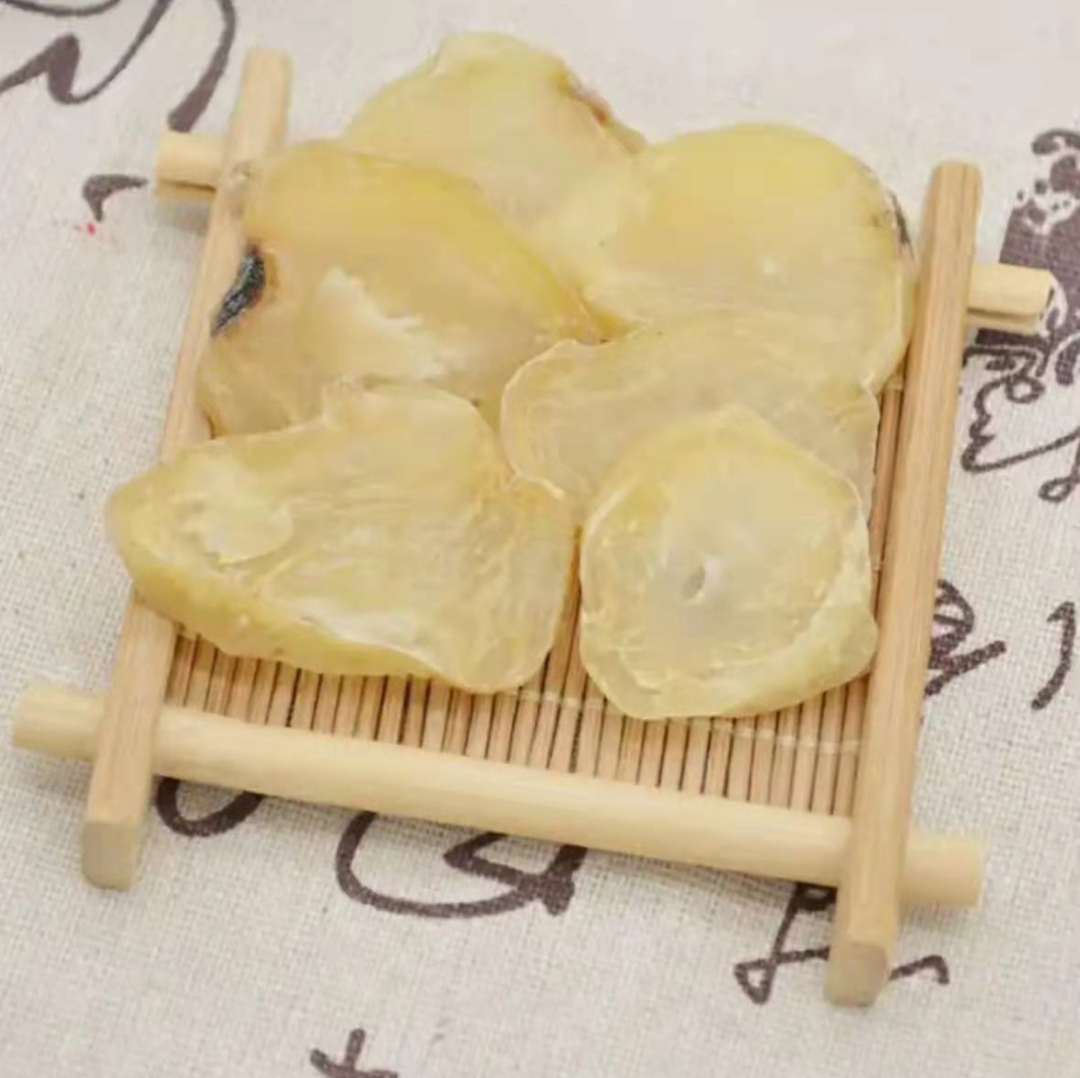
During the Han Dynasty, the fire processing method was first recorded (in the “Yuhan”).
In the Jin Dynasty, there was the method of frying with charcoal (in the “Zhouhou”).
During the Liu Song period of the Southern and Northern Dynasties, there was a method of soaking in flowing water with black beans (in the “Leigong”).
In the Tang Dynasty, there were methods of honey coating and roasting (in the “Qianjin”), and wrapping in paper and baking (in the “Lishang”).
In the Song Dynasty, there were methods of soaking in water (in the “Shenghuifang”); boiling with ginger (in the “Boji”); soaking in ginger juice, vinegar, and using wheat to brew vinegar (in the “Zhenglei”); burning ash to retain properties, soaking in salt water, frying with Huanglian (Coptis) and ginger juice (in the “Zonglu”); boiling with black beans, frying after soaking in salt water, and vinegar soaking (in the “Sanyin”); soaking in children’s urine and baking, making a red powder, and wrapping in wet flour (in the “Furen”); boiling in children’s urine (in the “Doushenfang”); boiling with red adzuki beans and ginger (in the “Zhushi”); frying with ginger (in the “Baiwen”) and other processing methods.
The Ming Dynasty added boiling, honey water boiling, and frying with various herbs (in the “Pujifang”); frying with blue salt, and frying with pig fat (in the “Qixiao”); frying after soaking in children’s urine (in the “Lili”); boiling with ginger juice, salt, licorice, and children’s urine (in the “Gangmu”); boiling with salt, ginger juice, Huanglian, licorice, and children’s urine (in the “Renshu”); soaking in children’s urine (in the “Jinfang”); boiling with salt and rice wash water (in the “Zhunzheng”); frying with bran (in the “Baoyuan”); frying and soaking in licorice soup (in the “Jingyue”); vinegar roasting (in the “Jiyin”); boiling with children’s urine and licorice soup (in the “Bidu”) and other methods.
In the Qing Dynasty, single steaming was added (in the “Woling”); boiling with licorice and Fangfeng (Saposhnikovia) and then boiling with children’s urine (in the “Shuoyue”); soaking in ginger juice and baking (in the “Dacheng”); soaking in licorice soup (in the “Xinpian”); Huanglian and licorice processing (in the “Fengyuan”); soaking in wine (in the “Liangpeng”); boiling with children’s urine and licorice soup (in the “Biyong”); boiling with licorice, Gansui (Kusnezoff), and wine (in the “Chuanyaowai”); boiling with licorice soup (in the “HuoLuan”); and soaking in licorice soup before baking (in the “Zengguang”) and other methods.
At this time, the processing methods had reached over 40 types.
03
Traditional Classification and Processing of Fuzi

When traditionally processing Fuzi, fresh Fuzi is first harvested from the ground, and the fibrous roots and dirt are removed. It is then soaked in a pool containing a high concentration of bile for a period ranging from half a month to six months, similar to pickling vegetables. The purpose is solely to prevent Fuzi from rotting! It is processed as needed.
Traditional Fuzi includes black processed slices, white processed slices, yellow processed slices, and roasted processed slices, with the processing process as follows:

Black Processed Slices
Boil the Fuzi soaked in bile along with the bile until it is thoroughly cooked, then rinse with water, slice, and rinse again. After slicing, dye it with a coloring agent, then steam until an oily surface appears, and finally dry it to produce the black processed slices sold on the market.

White Processed Slices
After removing Fuzi from the bile pool, boil it with the bile until thoroughly cooked, then peel, slice, and soak in water. Finally, the steamed slices are taken out, dried to half moisture (50% water removed), and sulfur is used to fumigate them to a beautiful yellow color, then dried completely (it must be dried thoroughly, otherwise, it will mold over time). This is the white processed slices we often see, which are entirely yellow and very attractive.

Yellow Processed Slices
After removing Fuzi from the bile pool, boil it with the bile until thoroughly cooked (about 3-4 hours), then slice and dry it to produce yellow processed slices. Yellow processed slices have not undergone the bile soaking process, so they are more toxic, and their price is about 10-20 yuan lower per kilogram compared to the white and black processed slices. Most pharmacies sell this type of yellow processed slice.

Roasted Processed Slices
After removing Fuzi from the bile soaking liquid, slice it and dry it until half dry, then fry it in sand until it turns golden brown; this is the method for making roasted processed slices.
Although there are many types of processing methods for Fuzi slices, the processed Fuzi is all referred to as processed Fuzi slices.
04
The Great Harm of Bile to the Human Body

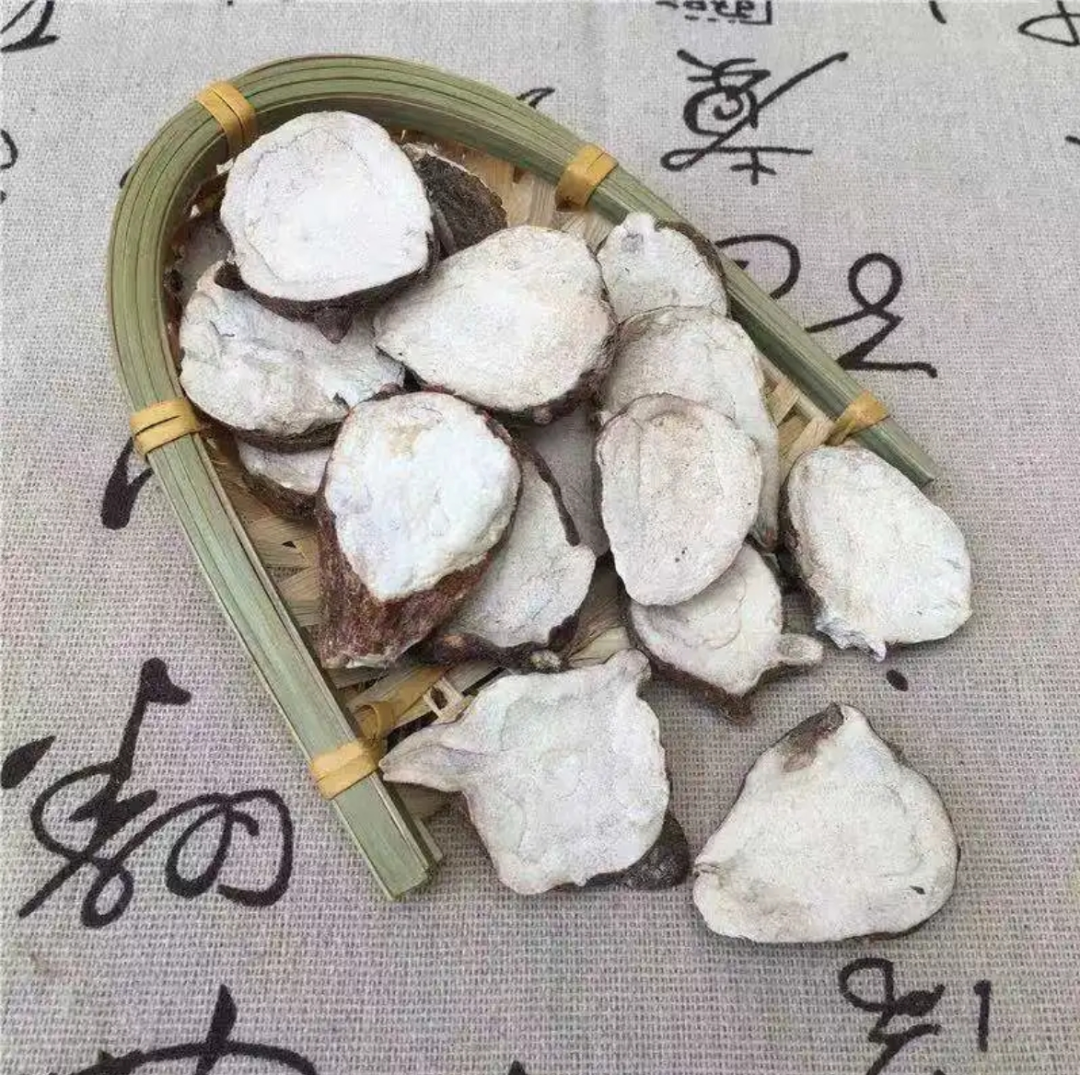
“Excessive bile can even cause death”
The processed Fuzi slices sold on the market (especially yellow processed slices) contain no less than 10% bile, which is calcium chloride, widely used in industrial production. Although bile is often used in foods like tofu and douhua (tofu pudding) (as the saying goes, “bile water sets tofu”), the dosage is very small; for 100 pounds of tofu, only a few grams are used, which poses almost no harm to the human body.

Bile can cause many symptoms
However, processed Fuzi slices are different; almost all processed Fuzi slices retain a large amount of bile.
Excessive bile can cause a burning sensation in the stomach (doctors who do not understand the cause believe it is due to the heat nature of Fuzi slices);
Secondly, bile can suppress the human central nervous system, leading to symptoms such as dizziness, headache, and diarrhea (doctors who do not understand the cause believe it is a reaction to expelling illness);
Thirdly, bile can coagulate proteins, and excessive intake can lead to coagulation of blood, even causing death.
Therefore, Fuzi poisoning is not only due to the toxicity of aconitine in Fuzi but also due to the toxicity of bile. Additionally, do not assume that Jiangyou Fuzi slices are of high quality; Jiangyou Fuzi slices only represent that the raw materials are authentic and good, but do not guarantee safety or non-toxicity.
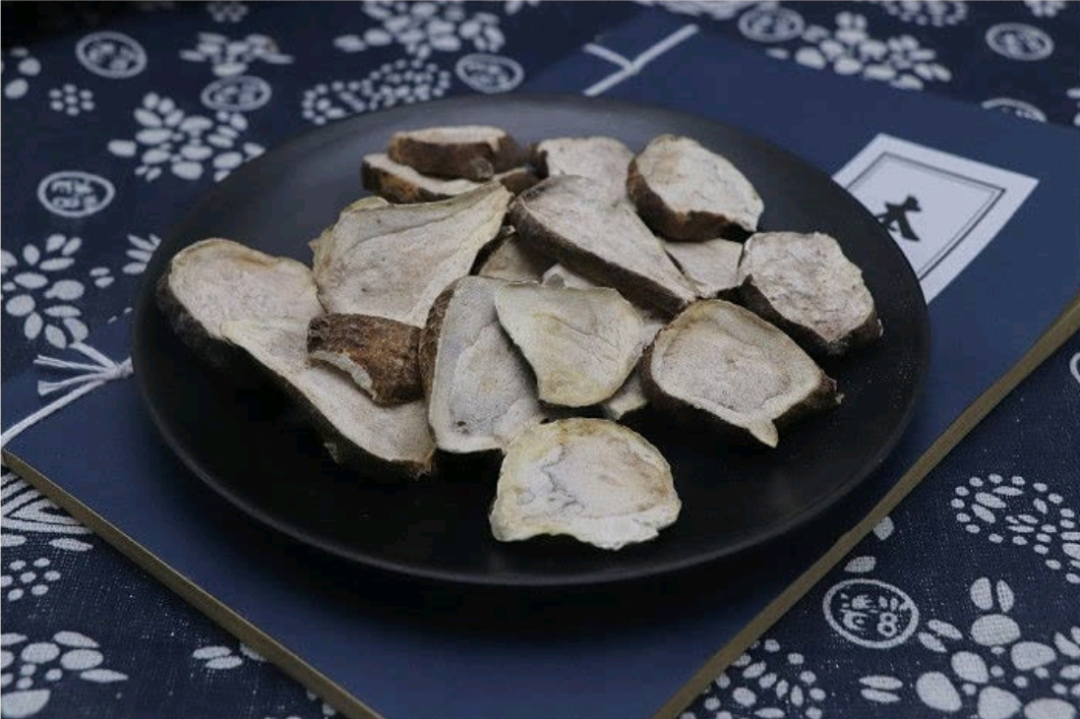
Identifying Fuzi
The vast majority of yellow processed slices on the market have already lost the properties of Fuzi after undergoing the bile soaking process. The quality of black processed slices and white processed slices is not much better. This is because these slices have undergone complex processing, resulting in significant loss of medicinal properties.
Manufacturers of processed Fuzi slices often use chemical agents to strip the skin of Fuzi, followed by complex processes of steaming and soaking. During this back-and-forth process, although a large amount of bile is removed, the effective components are also lost with the water. Processed Fuzi slices (including black processed slices, white processed slices, and yellow processed slices) are first restrained by the cold nature of bile, which suppresses the Yang properties of Fuzi, making it difficult to support Yang energy. Secondly, the Fuzi slices used in patient prescriptions may have already turned into medicinal waste! This is one of the main reasons why many people do not experience good effects from Fuzi slices.
05
What Does Truly Effective and Practical Fuzi Look Like?


Processed Fuzi
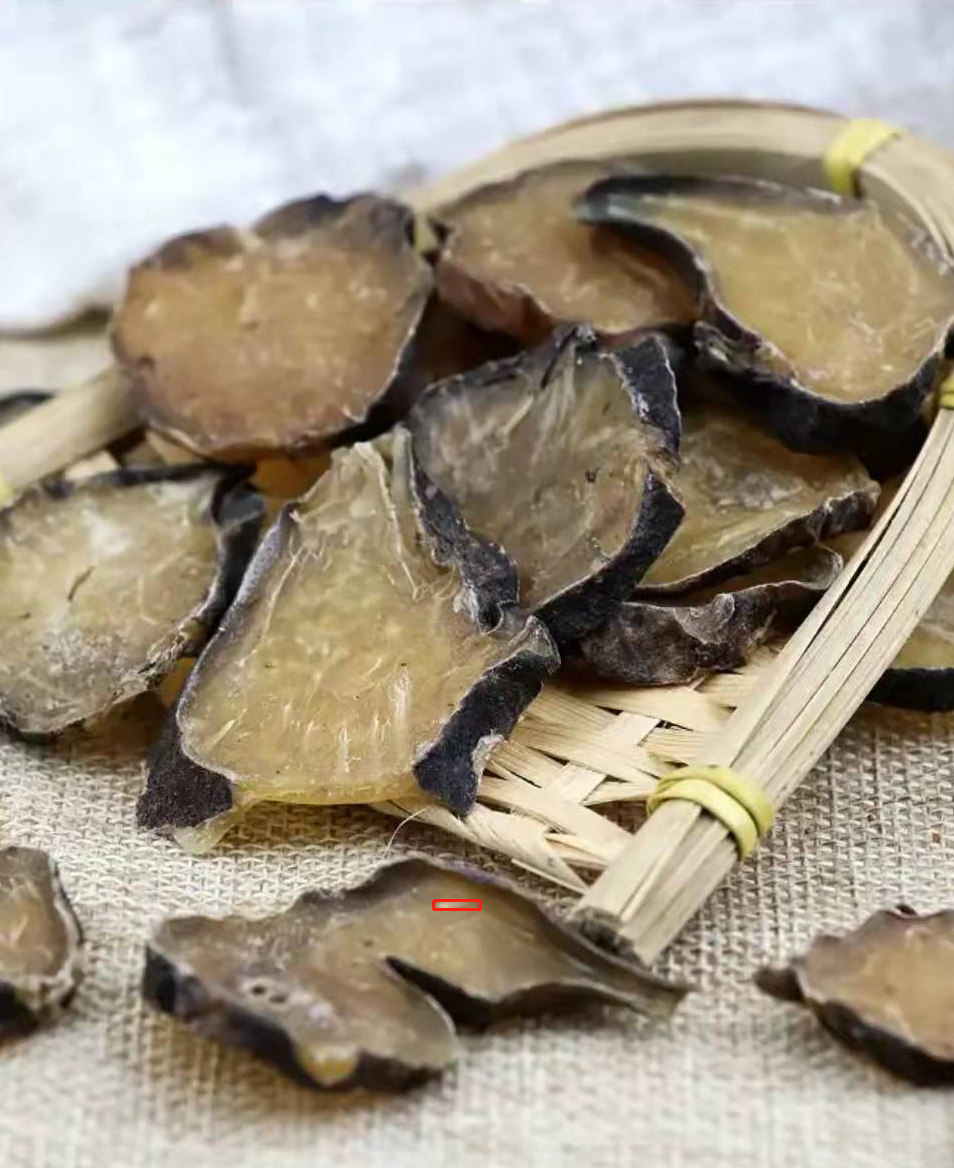
Yellow Processed Slices
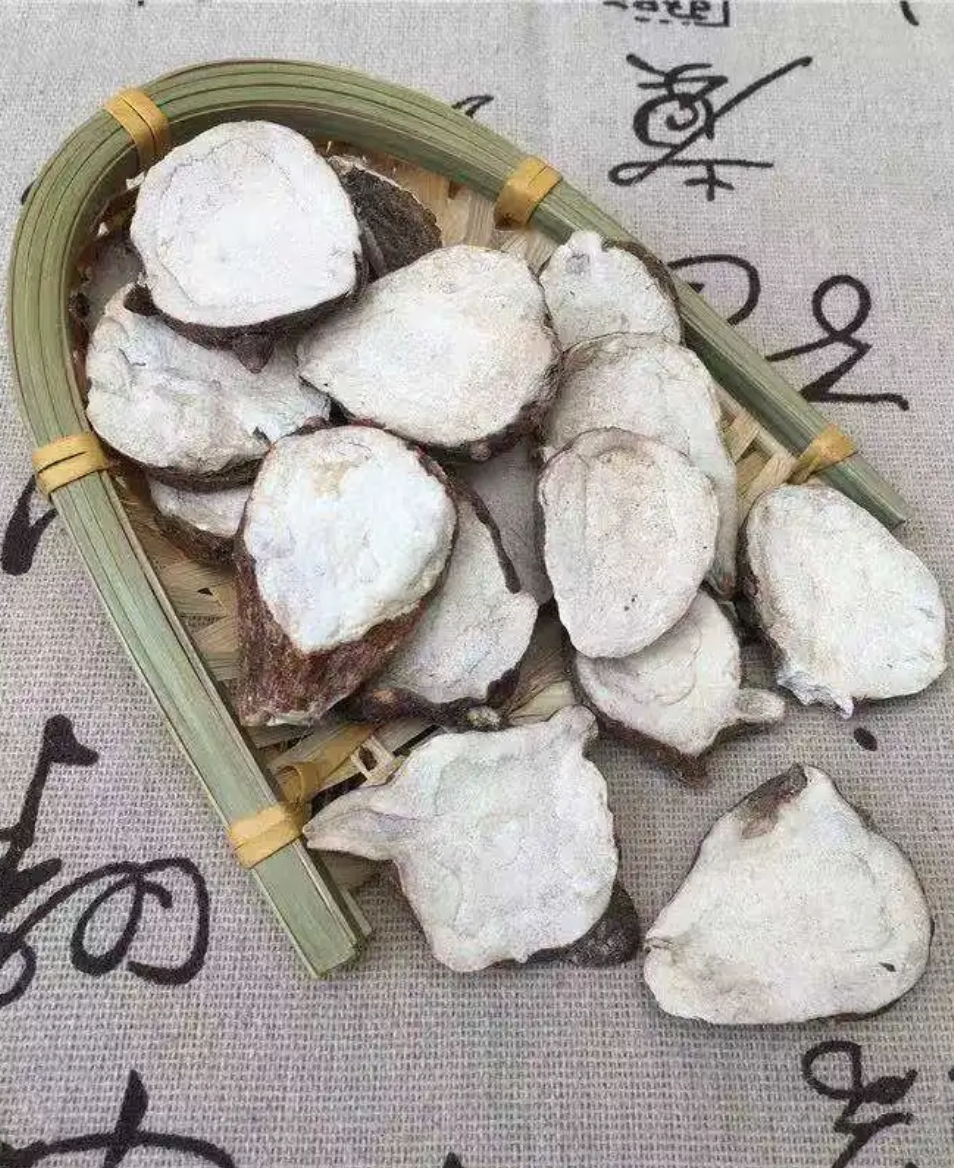
Raw Fuzi
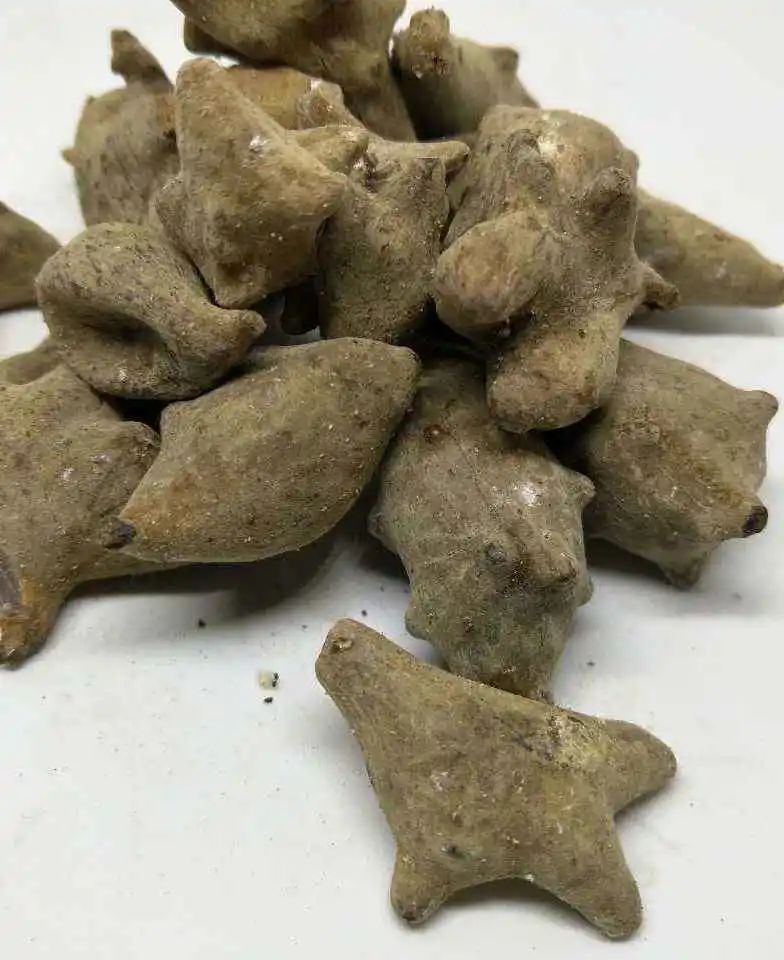
Fuzi Raw Material
One
Step One
Processing Raw Materials
First, remove the dirt and fibrous roots from fresh Fuzi, and directly dry or sun-dry the fresh Fuzi. This dried Fuzi is what we commonly refer to as raw Fuzi dried slices, which can be used as needed during processing.
Two
Step Two
Before Processing
Wash the small amount of dirt and sand from the dried Fuzi with clean water, then soak it in clean water until it is semi-translucent. It is important to note that to ensure that the effective components of raw Fuzi do not leak out or leak out minimally, Fuzi should not be soaked until fully translucent.
Three
Step Three
Processing Method
Place the semi-translucent Fuzi in a specially designed medicinal pool, spraying clean water for two hours each day until the Fuzi is fully moistened (note: it should be moistened, not soaked).
Four
Step Four
Processing Process
Using a self-made steam device, steam the Fuzi. At first, the exhaust will emit a very pungent raw Fuzi smell—this pungent smell is caused by aconitine, and this evil smell is present in the initial stage. At this time, continue steaming until the smell is no longer pungent (note: thermal decomposition is the best way to eliminate aconitine toxicity) until a fragrant aroma can be detected.
The aroma of Jiangyou Fuzi can fill the entire courtyard. Then stop the steaming, take out the Fuzi, and cut it open with a knife. If the center of the Fuzi shows no white core or only a small yellow bean-sized white core, it is qualified.
Small Classroom
The Yang-supporting school, also known as the Fire God school, is a distinctive medical school in traditional Chinese medicine, known for its adept use of Fuzi. Mr. Zheng Qinan, as the founder of the Fire God school, is known as “Zheng the Fire God” and “Mr. Jiangfu”.
Knowing how to use Fuzi well is a required course for studying Yang-supporting methods, and knowing how to select good Fuzi is a prerequisite for effective treatment. Both are indispensable. If there are still unclear areas, you can also contact the research institute for detailed discussions regarding usage methods, dosages, and procurement channels.
We hope to assist you on your medical journey and help patients recover as soon as possible!

For detailed purchasing information, please contact customer service, and scan the QR code to add customer service on WeChat. Thank you for your support of traditional Chinese medicine!
Historical Articles
Finally, shifting the blame: Dong Xuejun interprets the “toxicity” of Fuzi
Sharing from the Central Plains: Safe and quality methods for decocting Fuzi
Experience from the Central Plains: First touching the toxicity of Fuzi and then understanding the “toxicity” of it

Follow to learn more about traditional Chinese medicine knowledge
Learn more about Yang-supporting academic studies
Scan the QR code to follow
Click “Looking” if you find this helpful


